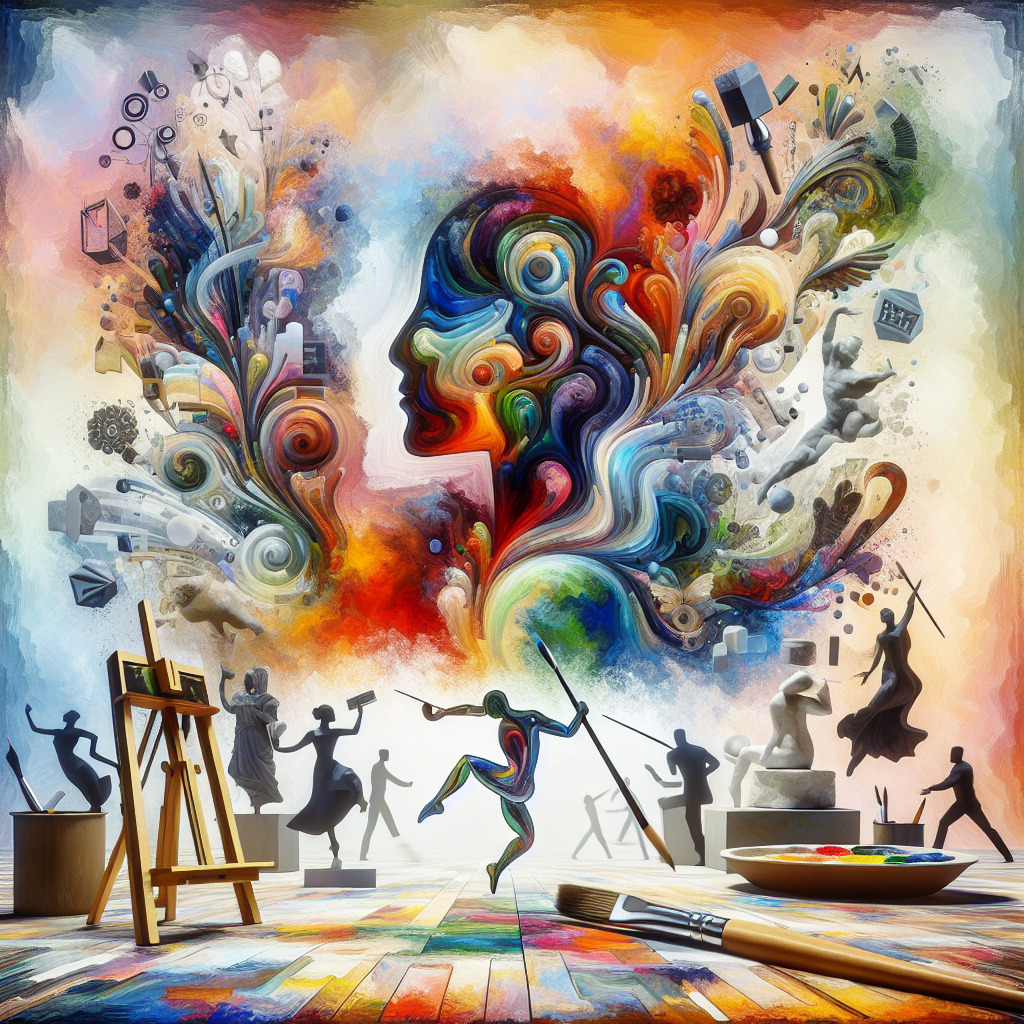
The Future Trends in the Representation of Ancient Maya
Throughout history, societies have looked to the past for inspiration, guidance, and a sense of identity. The ancient Maya civilization in the Mesoamerican region has been a subject of fascination for explorers, scholars, and artists alike. Argentine artist Leandro Katz’s work on reconstructing the expeditions of John Lloyd Stephens and Frederick Catherwood offers a critical perspective on how representations of the ancient Maya continue to influence contemporary political and economic issues. In this article, we will analyze the key points of Katz’s work and discuss potential future trends related to these themes.
1. Intersection of Art and Research
Katz’s interdisciplinary approach to art and research sets a precedent for future artists and scholars. By engaging with various mediums such as film, photography, texts, and artist books, Katz delves deep into the representation systems of the ancient Maya. This trend is likely to continue as artists seek to explore historical narratives using diverse creative tools.
2. Political and Economic Commentary
The critical examination of how representations of the ancient Maya influence contemporary political and economic issues is a significant aspect of Katz’s work. As societies grapple with issues of cultural heritage and globalization, it is expected that artists will increasingly incorporate social commentary into their exploration of ancient civilizations.
3. Technological Advancements in Visual Storytelling
As technology continues to advance, artists will have access to new tools and mediums for visual storytelling. Katz’s use of photography, films, and videos during his trips to the Mayan regions showcases the impact of such mediums on capturing and presenting historical narratives. Virtual reality, augmented reality, and interactive installations are some of the emerging technologies that can be utilized to enhance the representation of ancient civilizations in the future.
4. Indigenous Perspectives and Collaborations
The inclusion of indigenous perspectives in the representation of ancient civilizations is becoming increasingly important. Katz’s engagement with the Mayan regions highlights the significance of local knowledge and narratives in understanding the complexities of cultural heritage. Future trends are likely to see more collaborations between artists, indigenous communities, and scholars to ensure accurate and respectful portrayals of ancient civilizations.
5. Sustainability and Environmental Awareness
With growing concerns about climate change and environmental degradation, the future representation of ancient civilizations may incorporate themes of sustainability and environmental awareness. The Maya civilization had a profound connection with nature, and artists may explore this relationship to emphasize the need for ecological preservation and sustainable practices.
Predictions and Recommendations
- Increased Collaboration: The future will witness more collaborations between artists, scholars, indigenous communities, and institutions to create nuanced representations of ancient civilizations.
- Embrace Technology: Artists should embrace emerging technologies to enhance the visual storytelling of historical narratives. Virtual reality, augmented reality, and interactive installations offer immense possibilities for immersive experiences.
- Incorporate Multiple Perspectives: Representation of ancient civilizations should prioritize diverse perspectives, including indigenous voices. This inclusivity will facilitate a more accurate and holistic understanding of the past.
- Promote Sustainability: Artists can use the representation of ancient civilizations to raise awareness about sustainability and environmental issues. This can inspire viewers to reflect on their own impact on the planet.
- Educational Initiatives: Institutions should support educational initiatives that teach the history and significance of ancient civilizations. This will foster a greater appreciation and understanding of cultural heritage.
Conclusion
Leandro Katz’s work on the representation of ancient Maya offers valuable insights into the intersection of art, history, and contemporary issues. As we look towards the future, the trends outlined in this article point towards a more interdisciplinary, inclusive, and technologically advanced representation of ancient civilizations. By collaborating, embracing technology, and incorporating diverse perspectives, artists can create compelling narratives that connect the past with the present and shape our understanding of cultural heritage.
References:
1. Museum of Modern Art. (n.d.). Retrieved October 30, 2021, from https://www.moma.org/calendar/events/6988
2. Patricia Phelps de Cisneros Research Institute for the Study of Art from Latin America. (n.d.). Retrieved October 30, 2021, from https://cisnerosinstitute.org/
